50 miles. 2 days. Huge impact.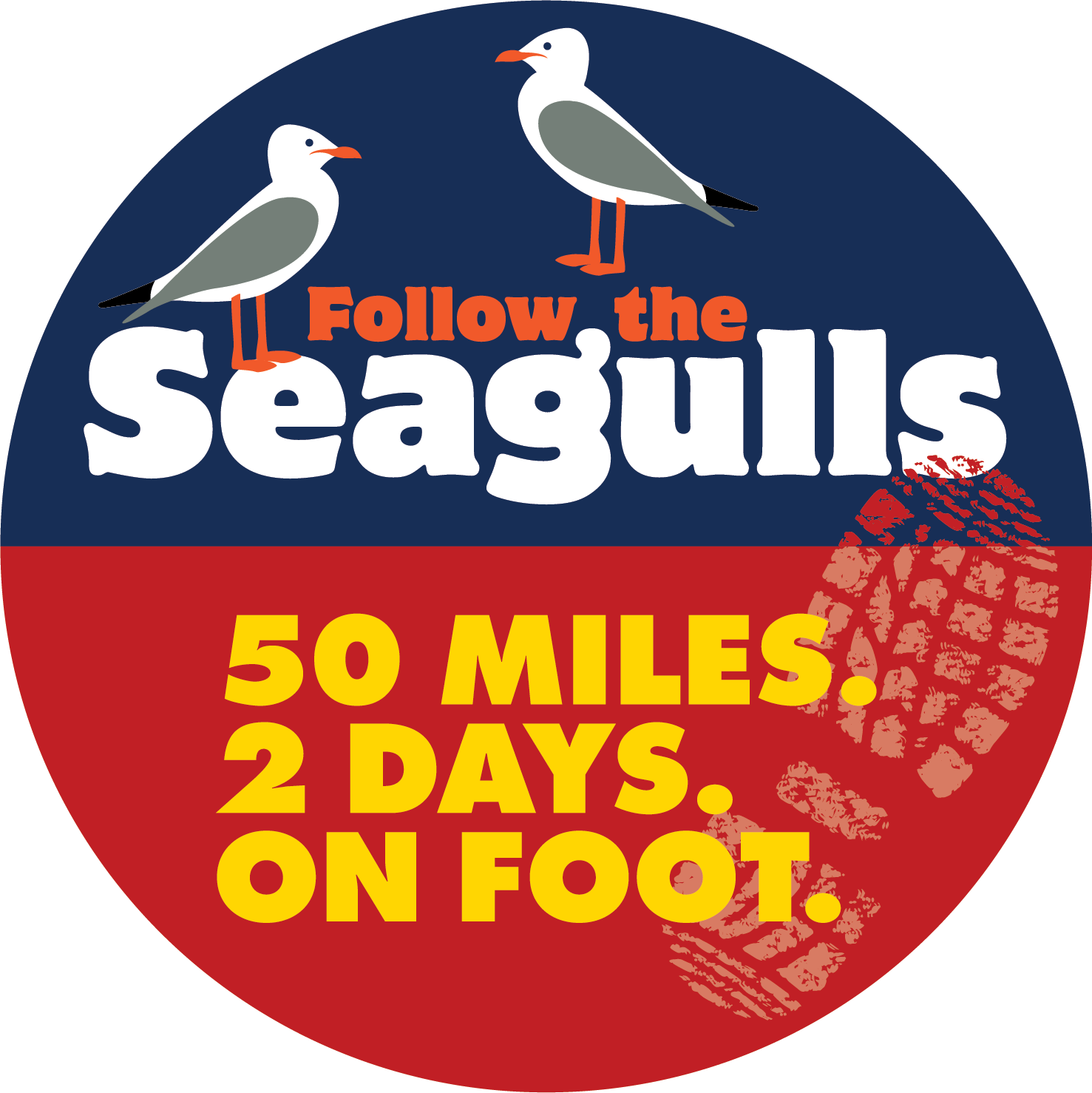
Follow the Seagulls is a long-distance charity trek that helps change the lives of people living with a brain tumour. Take on 50 miles of breath-taking coastline over 2 days in this series of iconic charity walks. Your challenge will raise vital funds to help people living with a brain tumour feel less afraid, less alone and more in control.
There are 80,000 people living with a brain tumour in the UK, too many of them are isolated, afraid and alone. We take on the Big Brain Tumour Trek so that people with a brain tumour and their loved ones get the support they need to live their best life possible.
Scroll down for more information on each walk. Will 2023 be the year you become a Follow the Seagulls superhero?
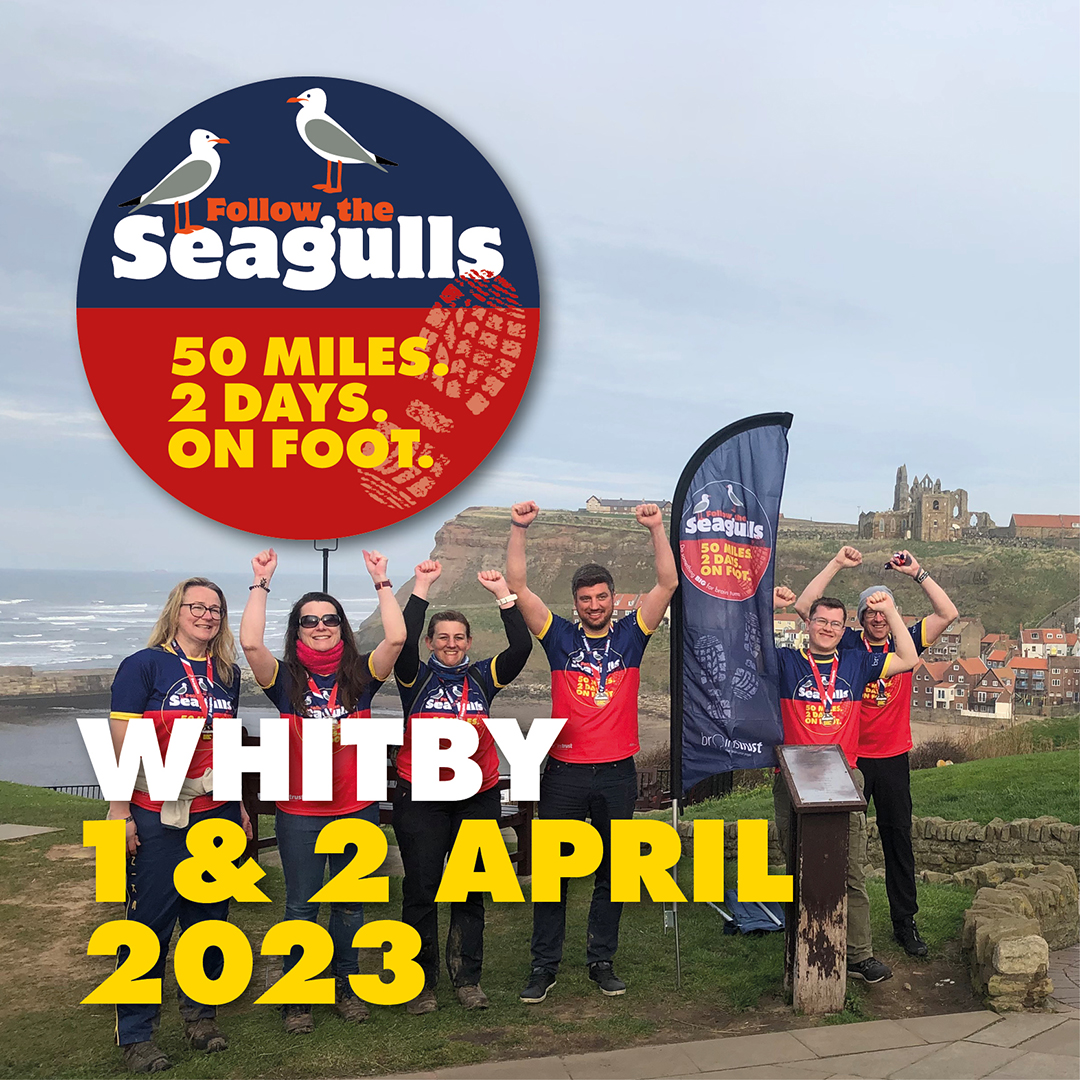
Whitby
Vast moorland, ancient monuments, stunning coastal views, and tumbling waterfalls. This walk has it all. Take on Follow the Seagulls in Whitby this year and we can guarantee you a challenge like no other, and a weekend you’ll never forget.
Join us on 1 and 2 April 2023 for Follow the Seagulls in Whitby.
Isle of Wight
This beautiful course sees you explore nearly all the Isle of Wight’s stunning coastline. Walk from Cowes to Yarmouth, taking in towering cliffs, untouched countryside and even an old railway line. Take on Follow the Seagulls in the Isle of Wight this year for an incredible experience with a huge impact.
Join us 1 and 2 April for Follow the Seagulls in the Isle of Wight.
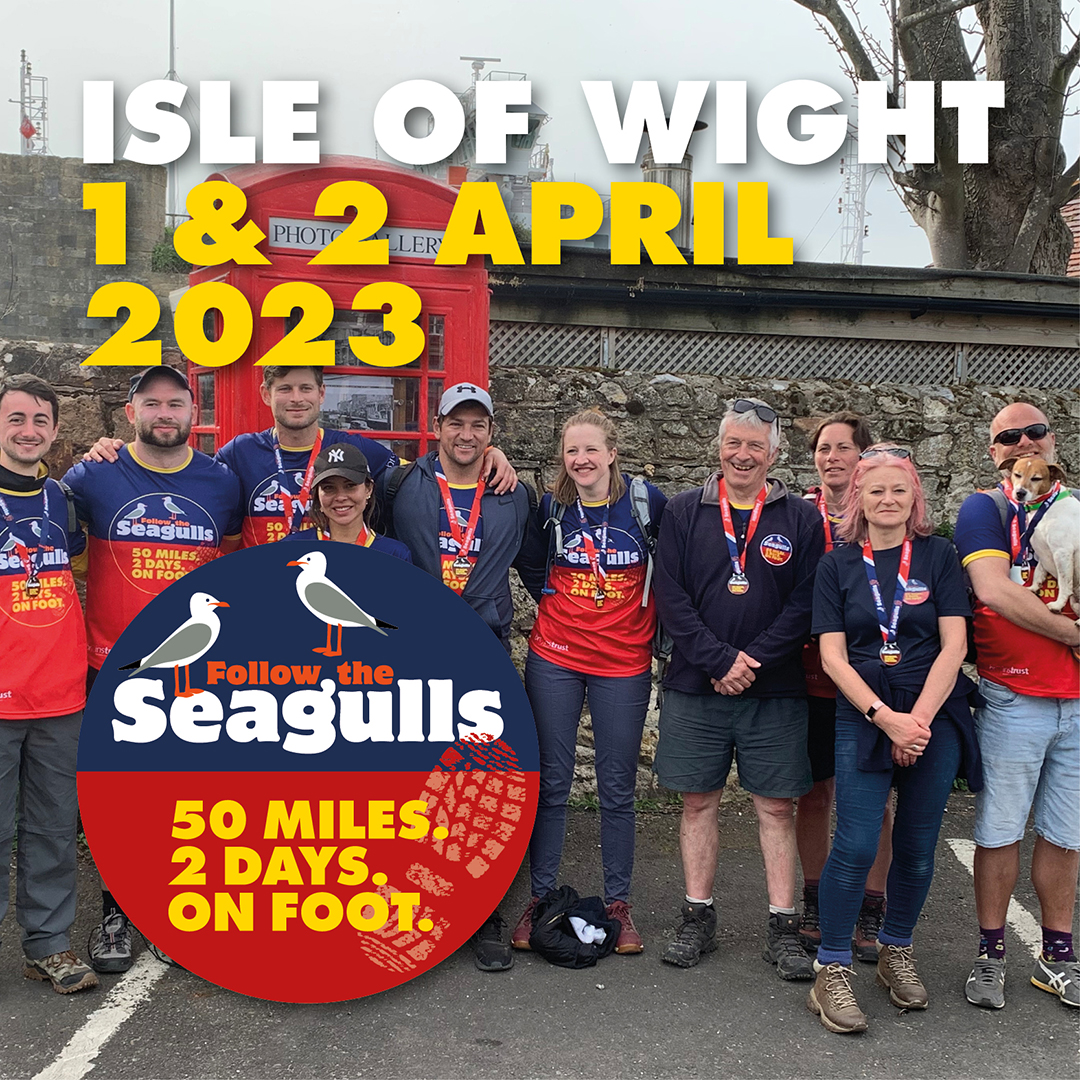
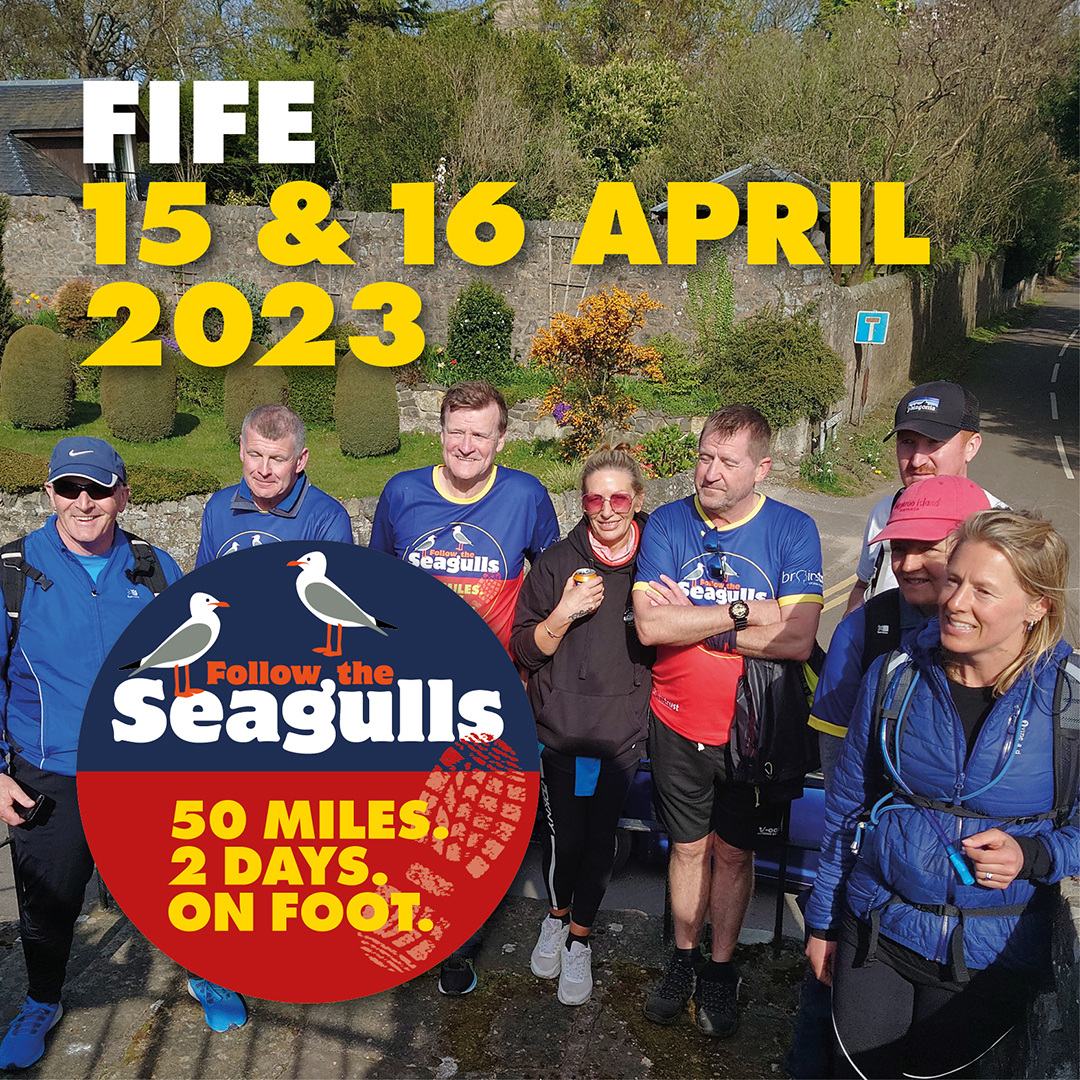
Scotland
The Fife coast is truly impressive, on this hike you’ll trek through forests, quaint fishing villages, past historic castles and along beautiful cliff tops. Whether you choose to walk alone or as a part of a group, we will ensure you have an amazing experience!
Join us on 15 and 16 April 2023 for Follow the Seagulls in Fife.
Devon
You can expect tranquil estuaries, rugged cliffs, charming lost villages and even some lighthouses! This trek is certainly a challenge as you’ll take on steep hills and steps, but we can guarantee there’s no sense of achievement quite like reaching those summits.
Join us on 15 and 16 April 2023 for Follow the Seagulls in Dartmouth.
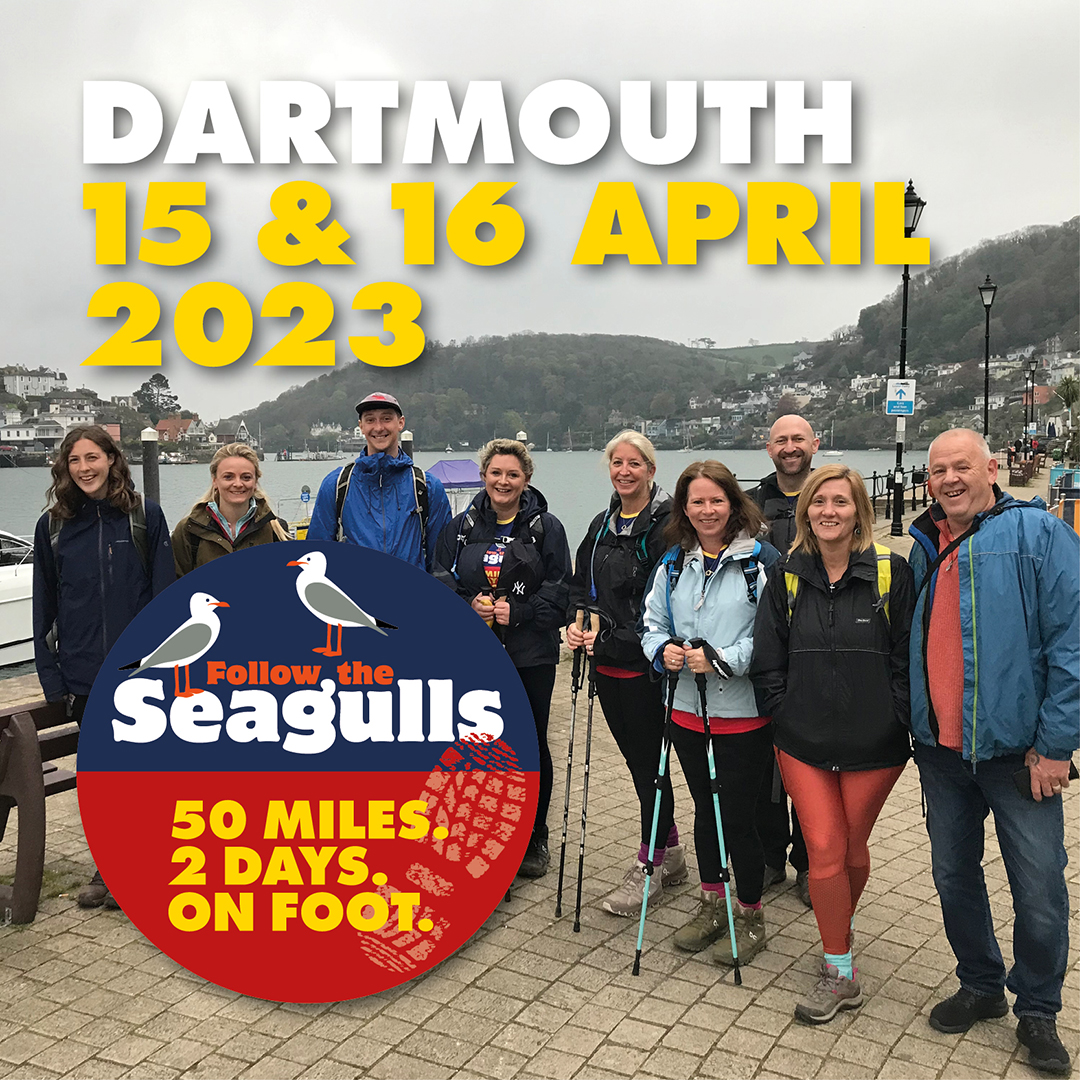
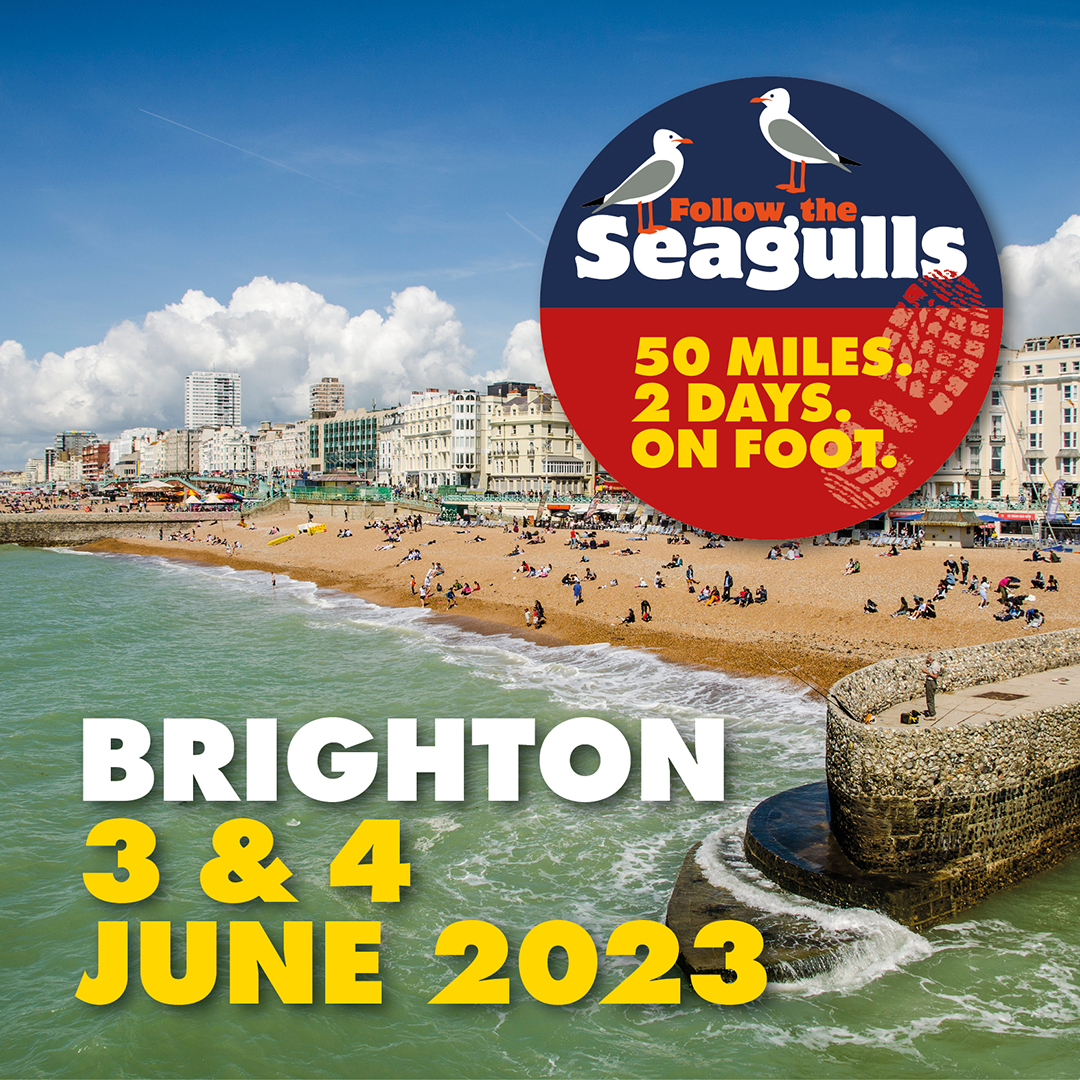
Brighton
New for 2023, the Brighton walk will cover some of the most celebrated and beautiful trails in the region. You’ll be treated to rolling hillsides, beautiful beaches, and stunning clifftops. Sign up for Follow the Seagulls in Brighton and help make life better for people living with a brain tumour.
Join us on 3 and 4 June 2023 to Follow the Seagulls in Brighton.
Why we walk
These charity walks are a real challenge, it will take everything you’ve got. But with every step you’re helping improve the lives of people living with a brain tumour today.
“I rang brainstrust in the middle of the night, about 3am, when I was in a state. I was amazed that someone could care. I think she said, ‘but you needed me now’ and since then that is the only thing I have ever felt from this charity – love support, friendship and care.” – Sarah
Looking for a different kind of challenge?
There’s far more to supporting brainstrust than charity walks. If you’re more into pounding the pavements than trekking along coastlines, join team brainstrust and take on a charity run for the brain tumour community. Or perhaps you have a fundraiser of your own creation? We love it when our supporters come to us with their own fundraising projects, and we’ll be there to support you every step of the way. Click here to get started with your own fundraising idea.



